When I arrive on a worksite, my truck’s, which is a Toyota Tacoma, bed is usually full with equipment. I tell my customers that I like to bring all of my equipment just in case. It is easier to drag it all to the worksite, than it is to discover that the one tool I need it back at my storage.
To do a good job painting requires a lot of equipment. I am not saying that painters are on the same level as a general contractor. I do not anticipate that I will ever require a trailer to haul my equipment. But, what I bring along with me requires many storage totes and boxes.
I know what you are thinking. Doesn’t painting only require some paint, a roller, and a paint brush and small ladder. Well, yes. But that is a bit of an over simplification. if that walls were 8 feet high, there there no preparation required before painting. But, let’s face it, if that was the only type of job that there was, than there would be little need for professional painters.
Ninety percent of the equipment that I own was purchased for two reasons: The first is to get to high areas safely. The second are tools for preparation.
Working in a stairwell, might require a PiVit Ladder Tool, a Little Giant ladder, or a plank , or a combination of all three. Before I even get up on the ladder, I will need a bucket and sponges to clean, nail sets to set nails, perhaps a screw gun to set screws, putty knives to fill holes, caulking gun to fill gaps in the trim.
If there are cracks in the wall I will need to fix them, I have an entire tote full of tools to do joint compound work.
I might need to pull nails out….I have four tools to do that. Each one has a specific purpose.
Once all the cracks are fixed and walls are repaired that walls and trim will need to be sanded. I own six Festool sanders. They are great sanders wand when used with Festool extractors most of the dust is sucked up.
Thus, many customers are a bit amazed when I show up at their door with a truck load of equipment. But, once they see me get to work and noticed all the tools that I use and see how much easier each tool makes my job, they understand why we have to find a place to put all of my stuff.


























![0705171257[1].jpg](https://images.squarespace-cdn.com/content/v1/51293ec7e4b0df88da7044b3/1499807633600-PDNJ38W9IY36N0SXUNMO/0705171257%5B1%5D.jpg)

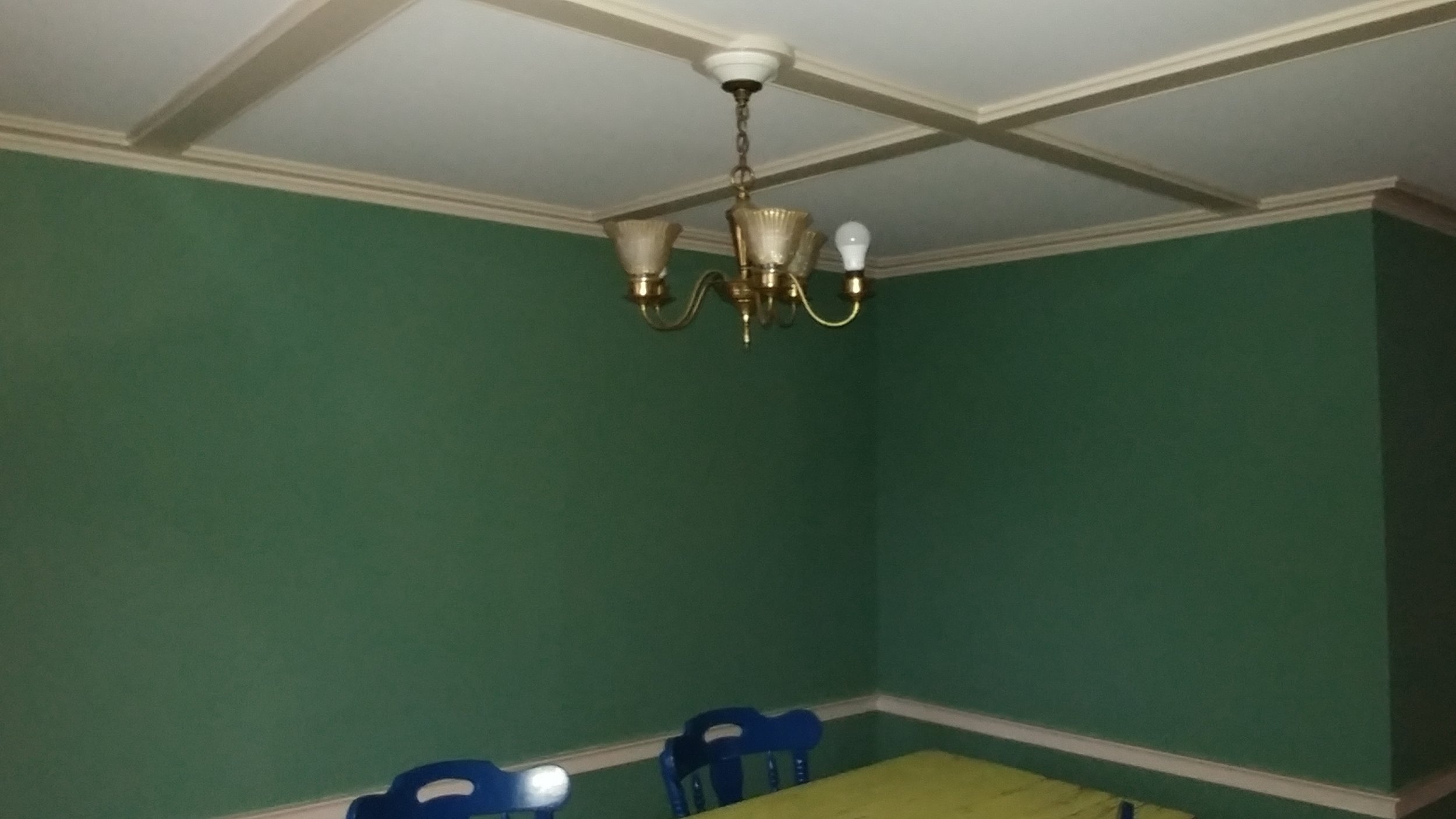





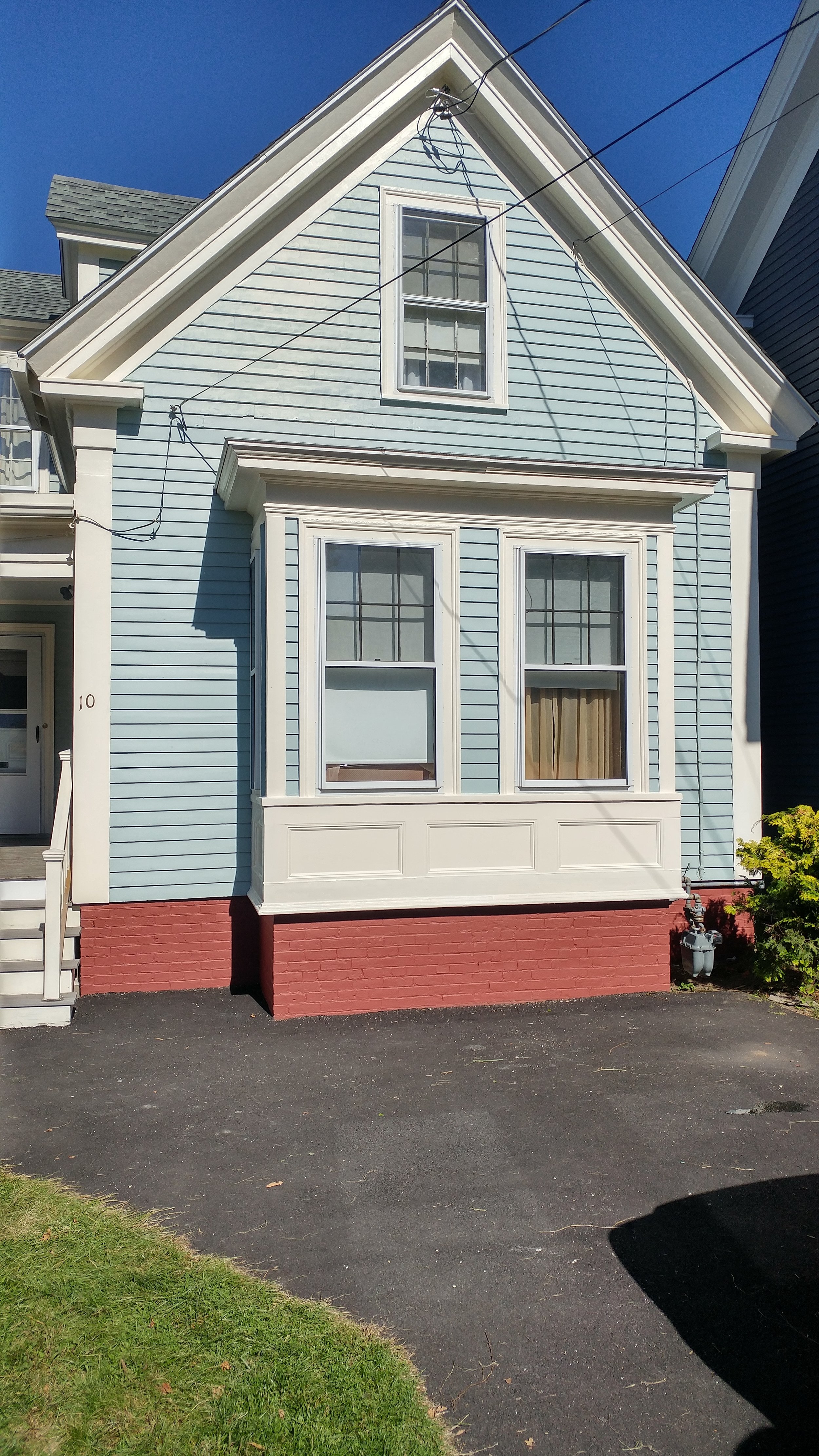


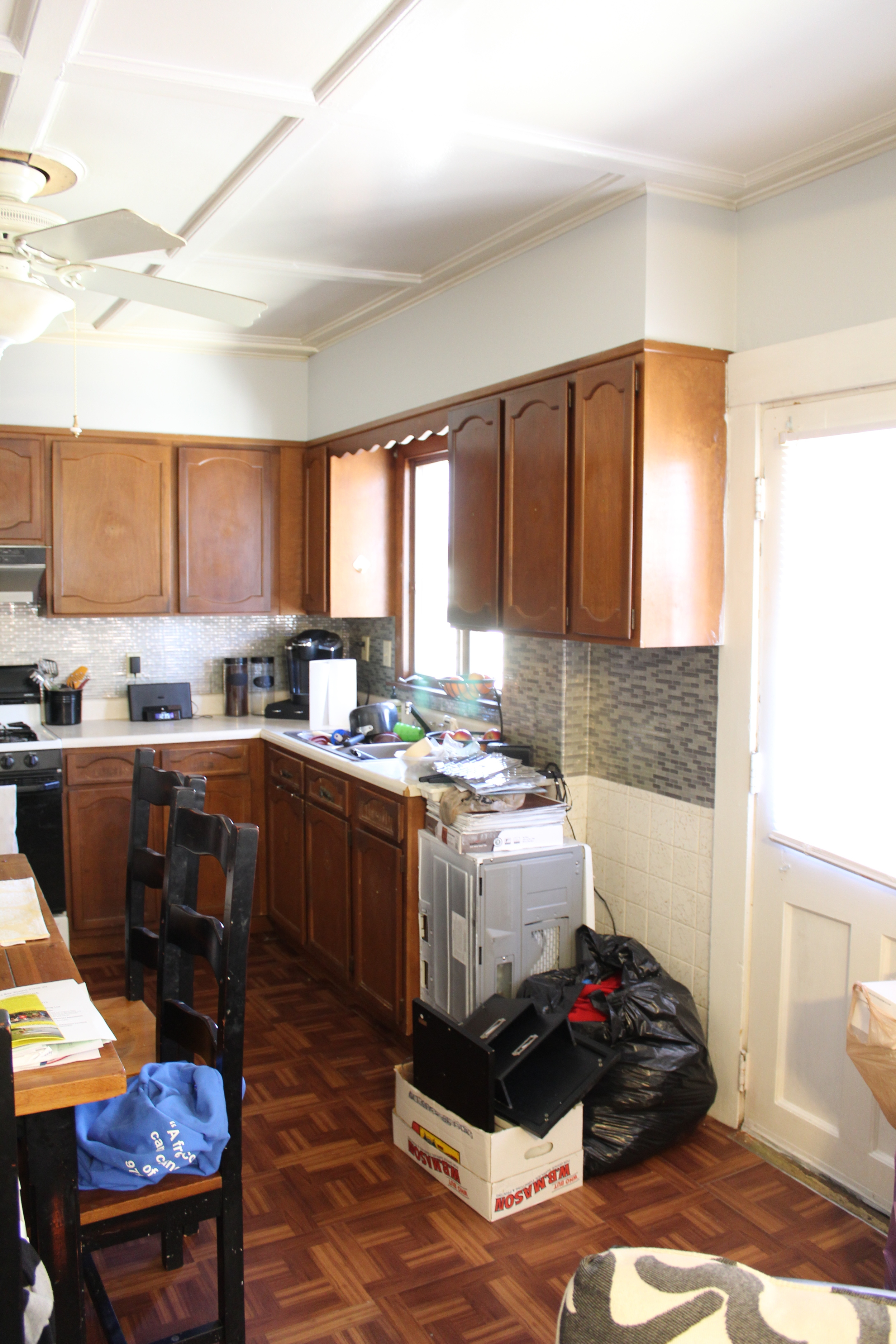
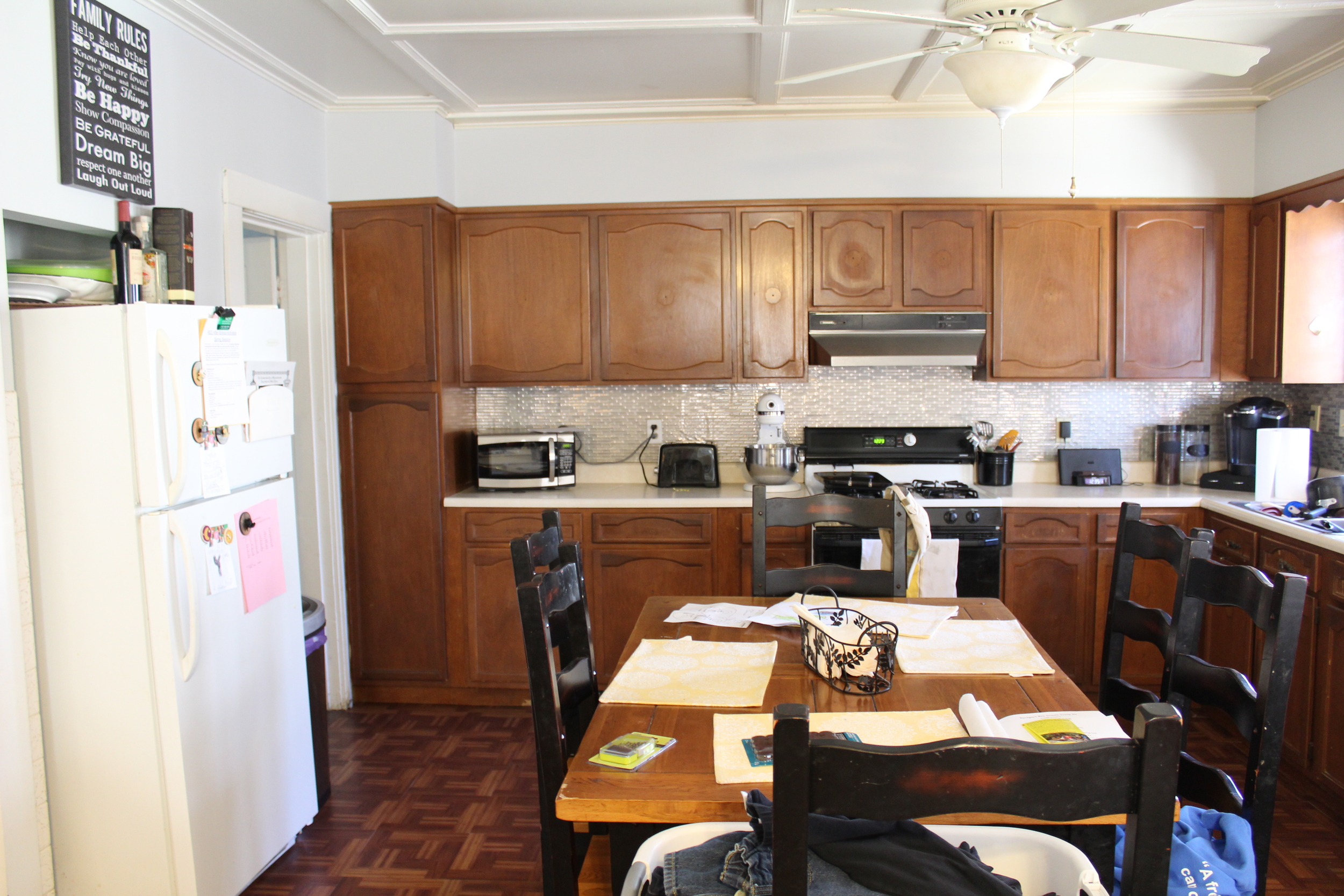







![0119160948[1].jpg](https://images.squarespace-cdn.com/content/v1/51293ec7e4b0df88da7044b3/1455059924709-ZZB997AQVM9SCHD1TN6Y/0119160948%5B1%5D.jpg)
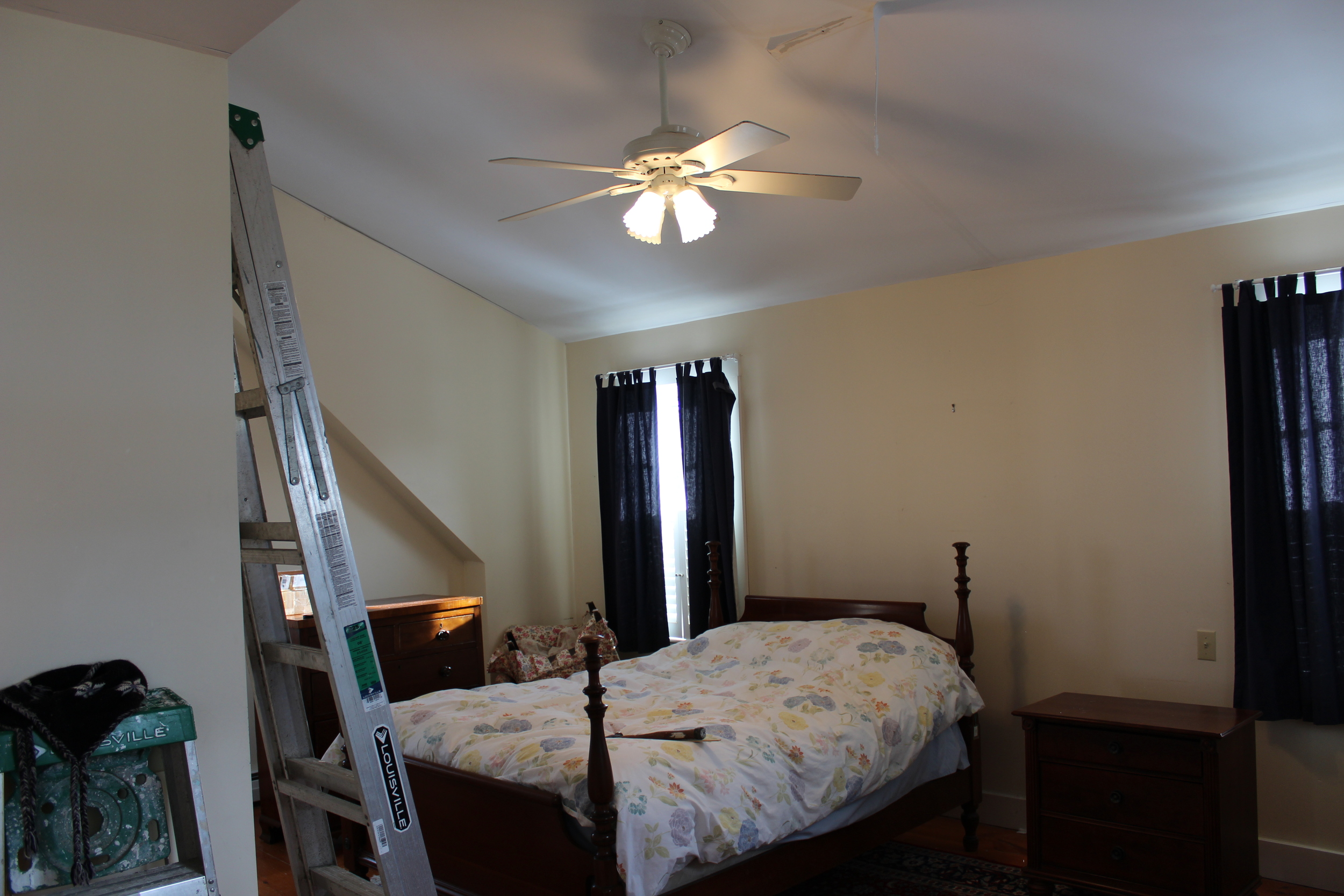



![0119160948a[1].jpg](https://images.squarespace-cdn.com/content/v1/51293ec7e4b0df88da7044b3/1455059961522-94MYEVUPQ4S8BHOGQWQ5/0119160948a%5B1%5D.jpg)









